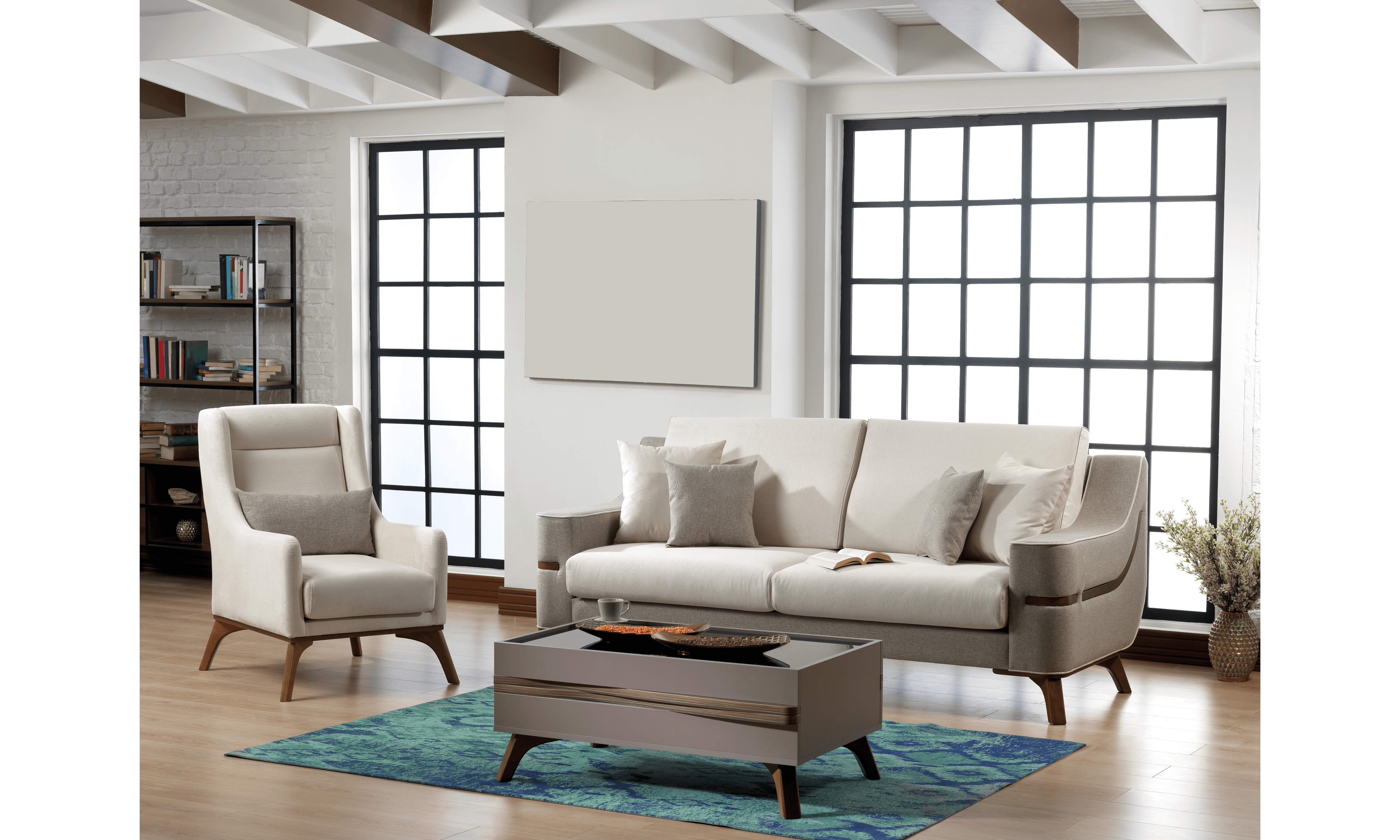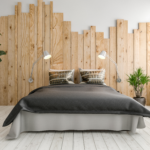In today’s digital landscape, businesses constantly seek innovative ways to capture and retain customers’ attention. One such powerful tool that has emerged is 360-degree furniture modeling. Offering a virtual, immersive experience allows customers to engage and interact with products like never before. This article will explore the outcomes you can expect when incorporating 360-degree furniture modeling into your business strategy.
For Best 360-Degree Furniture Modeling Services for Online Furniture Stores in Canada check Freelancers with very low Prices. https://www.upwork.com/freelancers/~0156f1d4da6e2f56c6
Table of Contents
ToggleIntroduction
Before diving into the benefits and outcomes, let’s first clearly understand what 360-degree furniture modeling entails. Simply, it involves creating a virtual representation of furniture items that can be viewed from all angles, allowing customers to explore the product realistically. With the ability to rotate, zoom in, and examine intricate details, this technology bridges the gap between online browsing and physical showroom experiences.
Understanding 360 Degree Furniture Modeling
To fully grasp the potential outcomes, it is essential to comprehend the fundamental aspects of 360-degree furniture modeling in Canada. This section will provide an overview of the technology, its underlying principles, and the tools and techniques for creating a captivating and interactive customer experience.
Benefits of 360-Degree Furniture Modeling
Enhanced Customer Engagement and Interaction
- Breaking the barrier of traditional static images
- Allowing customers to explore products from all angles
- Creating a sense of ownership and connection
Interactive Product Exploration
- Zooming in on intricate details
- Rotating and examining different perspectives
- Customizing features in real-time
Immersive Virtual Experiences
- Providing a realistic and immersive feel
- Simulating the in-store experience from the comfort of home
- Building an emotional connection with the product
Increased Time Spent on Websites
- Captivating customers with interactive content
- Encouraging prolonged engagement and exploration
- Reducing bounce rates and increasing session durations
Boosting Customer Confidence and Trust
- Allowing customers to make informed purchase decisions
- Demonstrating transparency and authenticity
- Building credibility and trust in the brand
Reducing Product Returns and Enhancing Sales
- Minimizing ambiguity and misinterpretation
- Enabling customers to visualize products accurately
- Fostering confident buying decisions
Integration with E-commerce Platforms
- Seamlessly embedding 360-degree models on product pages.
- Enriching online shopping experiences
- Leveraging existing e-commerce infrastructure
Interactive Product Exploration
Imagine browsing an online furniture store and stumbling upon a 360-degree model of a luxurious sofa. You can rotate the couch with a simple click and drag, admiring its craftsmanship and design from every angle. You zoom in to examine the fabric’s texture, noticing the intricate patterns. As you interact with the model, the experience becomes personal, captivating your attention and making you feel more connected to the product.
This level of interactivity is what sets 360-degree furniture modeling apart. It empowers customers to explore and engage with products in a way that static images or videos cannot match. By allowing them to take control of the viewing experience, businesses can create a sense of ownership, increasing the likelihood of conversion and customer satisfaction.
Immersive Virtual Experiences
Shopping for furniture is not just about the physical attributes of a product; it’s also about how it fits into one’s life and personal style. With 360-degree furniture modeling, businesses can recreate the feeling of being in a physical showroom without physical space limitations or geographical boundaries.
Through an immersive virtual experience, customers can envision the furniture in their own homes, visualizing how it complements their existing decor or imagining the possibilities for a new space. This level of engagement goes beyond simple product browsing; it creates an emotional connection, helping customers build confidence in their purchase decisions.
Increased Time Spent on Websites
In today’s fast-paced world, capturing and retaining customers’ attention is constantly challenging. With attention spans getting shorter, businesses need to find ways to keep visitors engaged on their websites for longer periods. This is where 360-degree furniture modeling can make a significant impact.
When customers encounter an interactive 360-degree model, curiosity is piqued. They are more likely to explore and interact with the product, spending more time on the website. This increased engagement increases the chances of conversion and signals to search engines that the website provides valuable content, potentially improving its visibility in search results.
Boosting Customer Confidence and Trust
One of the key obstacles in online furniture shopping is the inability to touch and examine the product physically. This uncertainty often leads to hesitation and potential returns. However, with 360-degree furniture modeling, businesses can bridge this gap by providing customers with an accurate representation of the product.
By allowing customers to explore the product in detail, zooming in on specific features, and rotating it to examine it from different angles, businesses build trust and confidence. Customers can make informed decisions, feeling more certain about their purchase. This, in turn, reduces the likelihood of returns and enhances overall customer satisfaction.
Reducing Product Returns and Enhancing Sales
Product returns can be costly for businesses in terms of logistics and customer satisfaction. By leveraging the power of 360-degree furniture modeling, companies can minimize returns and improve sales.
When customers can interact with a 360-degree model, they gain a comprehensive understanding of the product’s features, dimensions, and aesthetics. This clarity minimizes the risk of receiving an item that doesn’t meet their expectations. By reducing ambiguity, businesses can boost customer satisfaction and increase sales conversions.
Integration with E-commerce Platforms
To harness the full potential of 360-degree furniture modeling, businesses should seamlessly integrate the technology into their existing e-commerce platforms. This section will explore the practical aspects of implementing 360-degree models on product pages, ensuring a smooth and captivating user experience.
Case Studies and Success Stories
Real-world examples provide valuable insights into the impact of 360-degree furniture modeling on businesses. This section will showcase case studies and success stories of companies that have successfully implemented the technology, highlighting the specific outcomes they achieved and the lessons learned along the way.
How to Implement 360-Degree Furniture Modeling
Implementing 360-degree furniture modeling requires careful planning and execution. This section will guide businesses through the process, discussing the necessary steps, considerations, and best practices for a successful implementation.
Choosing the Right 360-Degree Furniture Modeling Service
With numerous options, businesses must choose a reliable, experienced 360-degree furniture modeling service provider. This section will guide you in selecting the right partner, highlighting key factors to consider and questions to ask during the evaluation process.
Overcoming Challenges and Best Practices
While 360-degree furniture modeling offers immense benefits, it has challenges. This section will address common obstacles businesses may encounter during implementation and provide practical strategies and best practices to overcome them.
Conclusion
In conclusion, incorporating 360-degree furniture modeling into your business strategy can yield significant customer engagement and interaction outcomes. By leveraging interactive product exploration, creating immersive virtual experiences, increasing time spent on websites, boosting customer confidence and trust, reducing returns, and integrating with e-commerce platforms, businesses can elevate the online shopping experience and drive sales.
As technology advances and customer expectations evolve, embracing innovative solutions like 360-degree furniture modeling becomes essential for businesses aiming to thrive digitally.
FAQs
Q: Can 360-degree furniture modeling be applied to all types of furniture?
A: Yes, 360-degree furniture modeling can be utilized for a wide range of furniture items, including sofas, tables, chairs, beds, and more.
Q: Is 360-degree furniture modeling compatible with mobile devices?
A: Yes, 360-degree models can be accessed and interacted with on mobile devices, providing a seamless user experience across different platforms.
Q: How long does it take to create a 360-degree furniture model?
A: The time required to create a 360-degree furniture model can vary depending on the complexity of the product and the level of detail desired. It is best to consult a professional service provider for accurate time estimates.
Q: Can businesses track user engagement with 360-degree models?
A: Yes, with the right analytics tools, businesses can track user interactions, such as rotations, zooms, and clicks, providing valuable insights into customer preferences and behavior.
Q: Is 360-degree furniture modeling cost-effective for small businesses?
A: While the cost of implementing 360-degree furniture modeling may vary, service providers cater to businesses of all sizes. It is important to weigh the potential benefits against the investment and choose a solution that aligns with the business’s goals and budget.




